This popular mushroom is a choice edible but must be well cooked before consumption.
The Black Morel is now very common in man-made habitats.
The scientific name Morchella elata was applied in the past to this and other related species but it’s no longer valid. Morchella importuna is the current name for Black Morels found in wood-chip beds and burnt grounds.
Like other Morels this species varies a lot in size, colour and shape from mushroom to mushroom.
Home / Mushroom Guide /
Black Morel
Black Morel
| Mushroom Type | |
| Common Names |
Black Morel (EN), Morel Du (CY), Fakéreg Kucsmagomba (HU) |
| Scientific Name |
Morchella importuna |
| Synonyms |
Morchella elata, Morchella hortensis |
| Season Start |
Mar |
| Season End |
May |
| Average Mushroom height (CM) |
10 |
| Average Cap width (CM) |
5 |
Please note that each and every mushroom you come across may vary in appearance to these photos.
Cap
The cap presents a honeycomb like texture with pits more or less arranged along parallel vertical ridges.
The edges of these ridges become darker (black ) with age in contrast with the paler colour inside the pits.
It is hollow and usually conical in shape, widening towards the bottom.
The colours range from dark olive brown to darker brown or black.
Stem
White to cream, bruising ochre or brown with age.
Usually vertically furrowed on the outside. The inside is hollow and wrinkled.
At the top the stem widens to join the edge of the cap, forming a hollow depression, and clearly dividing the stem from the walls of the cap. This gap becomes more pronounced in more mature specimens.
Habitat
This mushroom is frequently found in wood-chip beds in gardens, residential estates or around commercial buildings. It is also known to appear in burned forests, disturbed grounds and occasionally under Apple trees.
Closely related similar looking species of Morels also appear in short grass near coniferous trees in calcareous soil or coastal dunes.
Possible Confusion
The False Morel (Gyromitra esculenta), pictured, but this is more lobed or brain-like rather than the pitted and honeycomb like cap of the morel. The False Morel also differs in not having a completely hollow cap.
The Stinkhorn (Phallus impudicus) can also look similar to those who are unfamiliar with it, but the strong foul smell quickly denounces its identity. It appears in Summer and Autumn when Morels are no longer around.
The Morel (Morchella esculenta) or Common Morel (Morchella vulgaris) can look similar, even in colour, but usually the ridges on the cap of the Black Morel have fairly regular vertical lines unlike the randomly arranged honeycomb of the other two. The ridges on a Black Morel become darker than the rest of the cap, while in Common Morel and Morel they are paler (or sometimes bruise orange red).
The Semifree Morel is very closely related, but it’s easily distinguished by it’s smaller cap that is attached to the stem halfway.
The Black Morel (Morchella importuna) here described and the Semifree Morel (Morchella semilibera) are both part of a wider group colloquially called the “Black Morels”. The “Black Morels” are a large group (technically called a clade or section) of very similar species, and mycologists still haven’t established exactly how many species exist, their distribution, and how they differ from each other. The forager shouldn’t worry too much about precise distinction as all Black Morels seem to be excellent edibles.
If you find a “Black Morel” with purplish or pinkish tones, not turning black with age, and growing under Pine or other coniferous trees, then you’re likely to have found the Purplish Morel (Morchella purpurascens). Although rare this species has been found in the UK.
Spore Print
Cream. Ellipsoid.
Taste / Smell
Very good, mushroomy and slightly meaty. Must be well cooked before consumption. All Morels are poisonous when raw or undercooked causing gastric upsets and other alarming symptoms.
Frequency
Increasingly common on wood-chip beds.
Other Facts
The Black Morel of wood-chip beds has become very common and persistent mushroom hunters are rewarded with large amounts each season. On the other hand, the related Black Morel species growing in wild habitats seem rarer and harder to find than any other Morels in the UK. Although wilder collections are tastier than the wood-chip counterparts, they’re still tasty mushrooms and very worth eating. They work well in a variety of recipes, in particular in rich sauces. As pointed above they need to be well cooked, so no lightly tossed Morels.


 (20 votes, average: 4.05 out of 5)
(20 votes, average: 4.05 out of 5)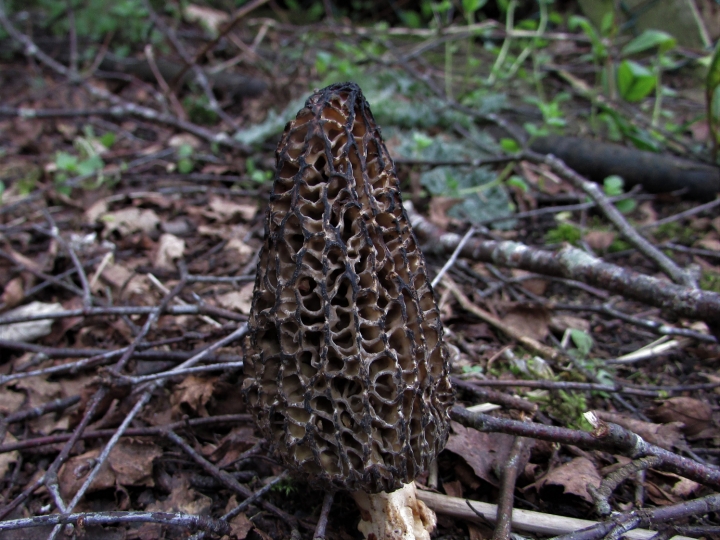















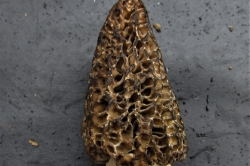
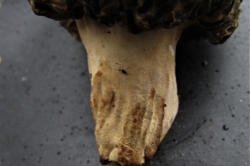
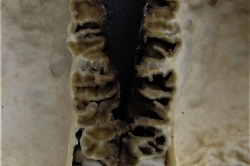
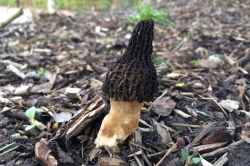
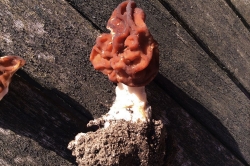
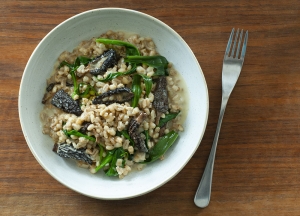
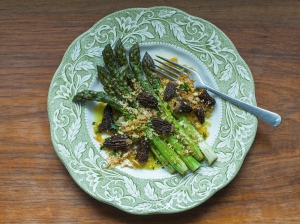
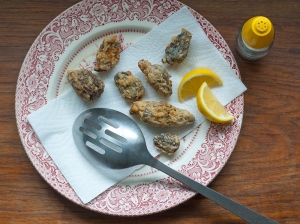
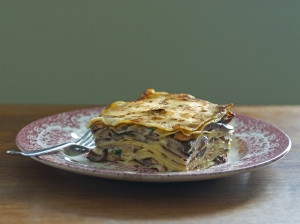
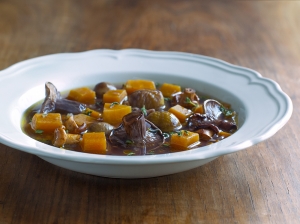
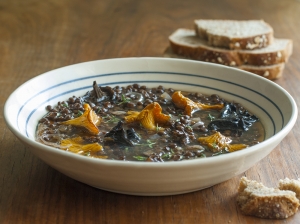
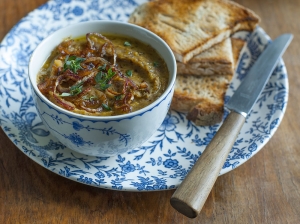
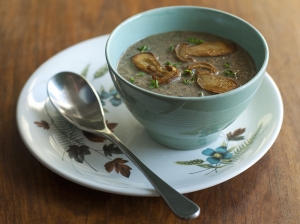
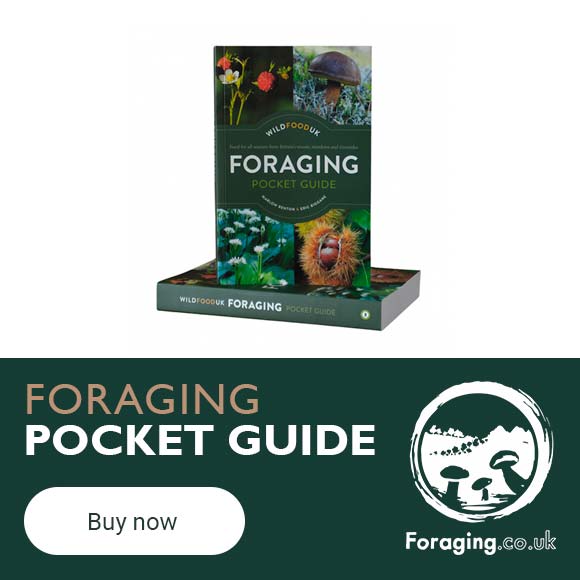
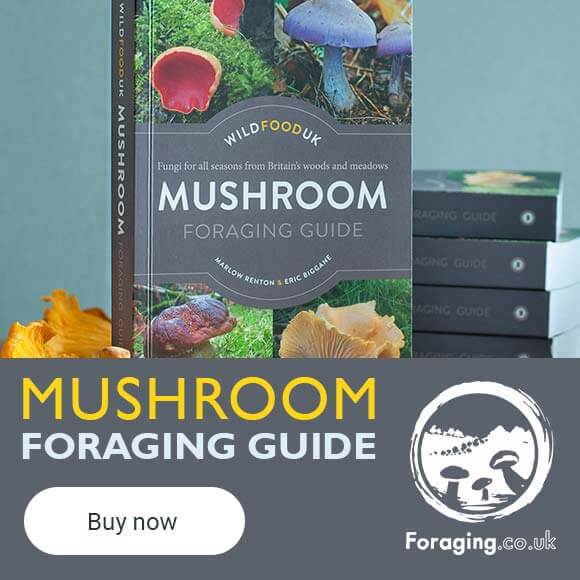
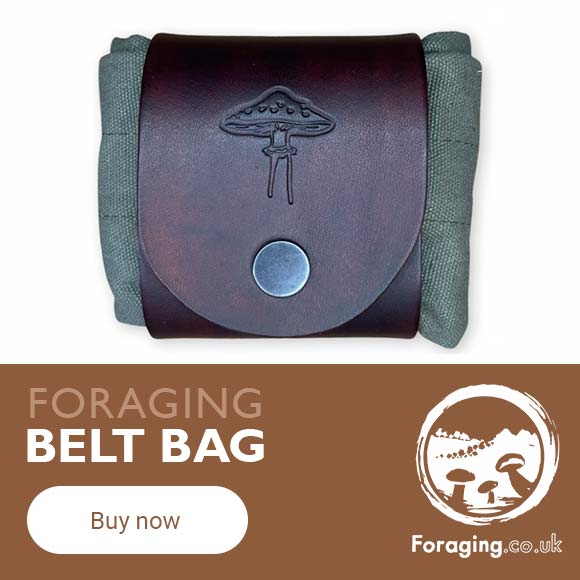
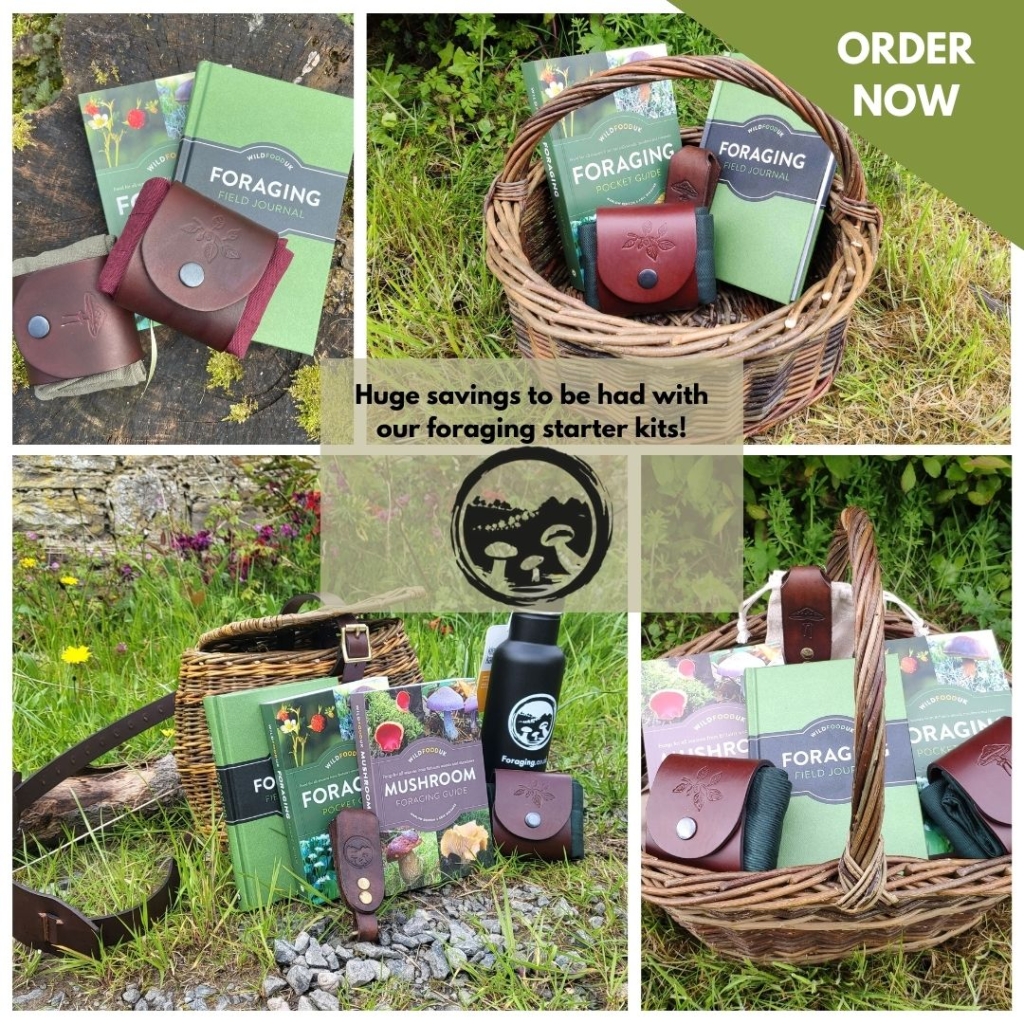
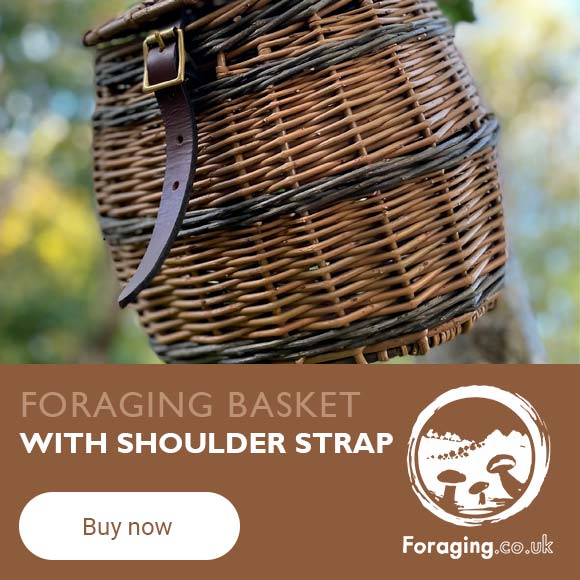

Leave a Reply